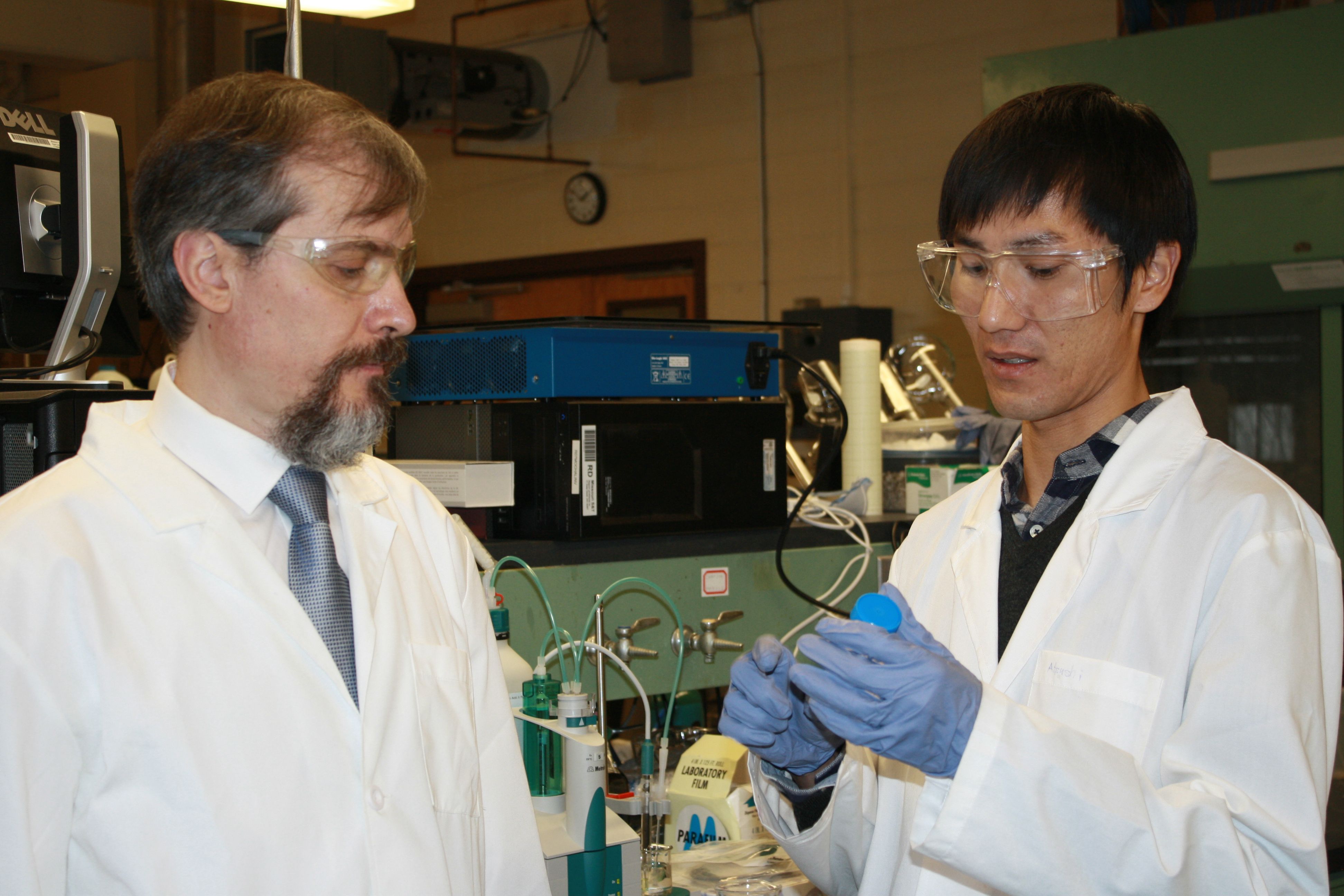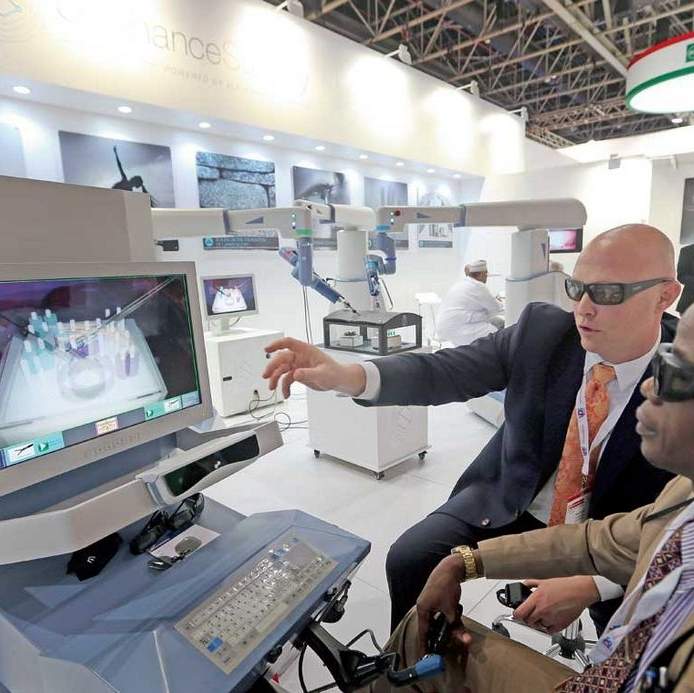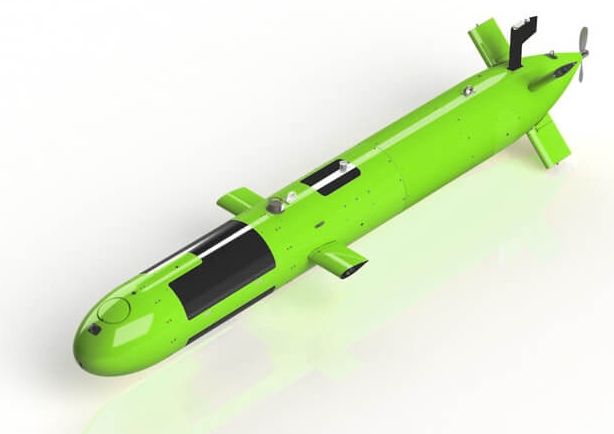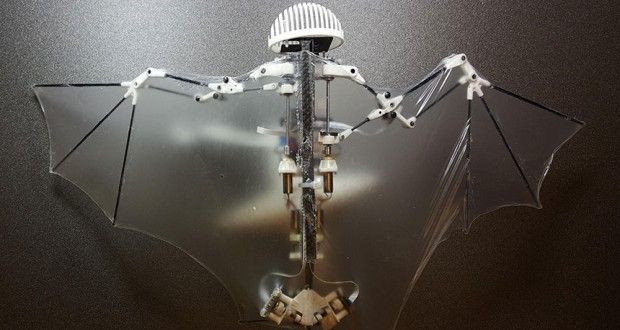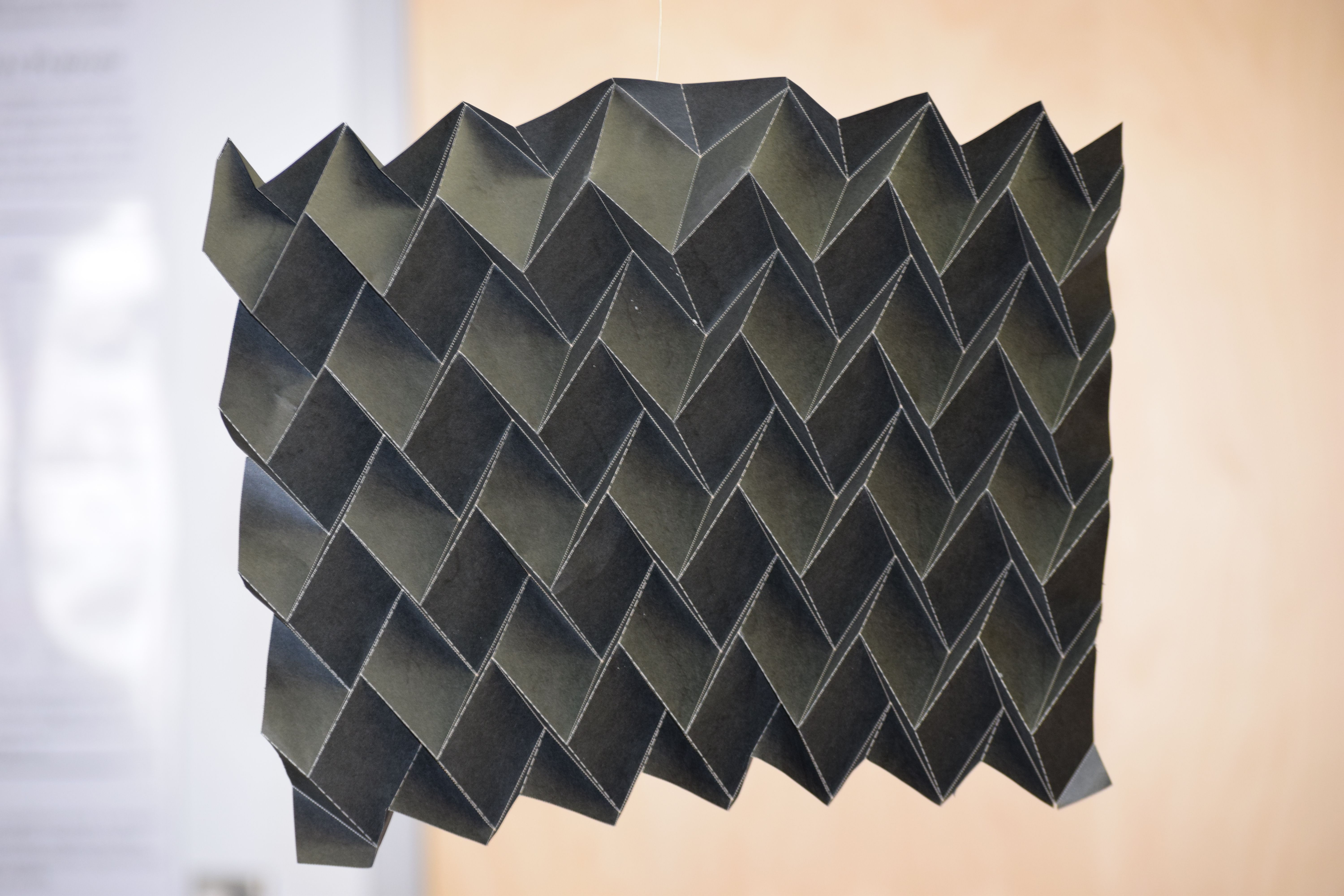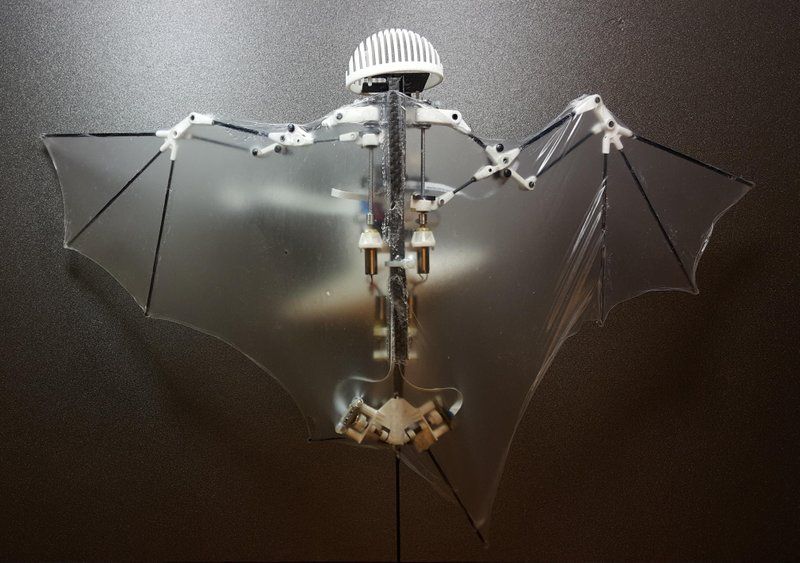Feb 1, 2017
Missouri S&T researcher works to develop nanodiamond materials
Posted by Karen Hurst in categories: biotech/medical, chemistry, military, nanotechnology, particle physics
Nice.
When you think of diamonds, rings and anniversaries generally come to mind. But one day, the first thing that will come to mind may be bone surgery. By carefully designing modified diamonds at the nano-scale level, a Missouri University of Science and Technology researcher hopes to create multifunctional diamond-based materials for applications ranging from advanced composites to drug delivery platforms and biomedical imaging agents.
Dr. Vadym Mochalin, an associate professor of chemistry and materials science and engineering at Missouri S&T, is characterizing and modifying 5-nanometer nanodiamond particles produced from expired military grade explosives so that they can be developed to perform specific tasks. His current research studies their use as a filler in various types of composites.
Continue reading “Missouri S&T researcher works to develop nanodiamond materials” »
